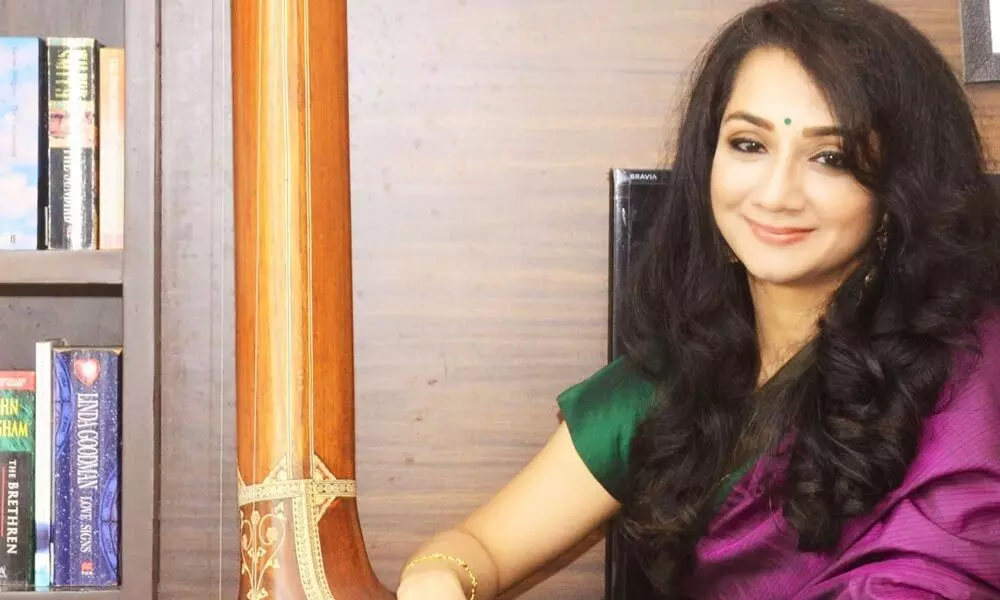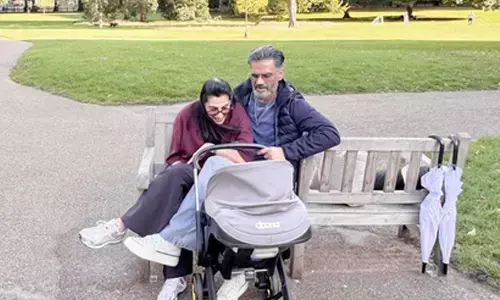De-stressing thru musical therapy

Nithya Rajendran
Nithya Rajendran known for her concert demonstrations with a single artist performing two distinct forms of Hindustani and Carnatic music has been healing several individuals through music
Mumbai-based Nithya Rajendran, trained in dual forms of Indian Classical music (Carnatic and Hindustani vocal), is an empanelled artist with All India Radio for Carnatic classical music and is an erstwhile distinction and scholarship holder from the University of Mumbai for Hindustani Classical music.
Nithya Rajendran raised in Chennai, born into a musically rich family and went to a school that laid huge emphasis on the fine arts. Growing up in an environment where music and the fine arts were heavily encouraged, played a very important role in making music central to life.
She shares, "Born into a Tamilian household meant that learning Carnatic music and Bharatanatyam was imperative from a young age. So, my tryst with Carnatic music started at the age of five. Already having a strong base in one form of Classical music, it was then very easy to commence learning Hindustani Classical music which had been fascinating me from early on. I then went on to graduate with a rank, scholarship and distinction in Hindustani Classical music from the University of Mumbai. Many stage performances followed, and my interest specifically developed in presenting common ragas between the two forms on the same stage. This was a deviation from the earlier norm of having one artist from each form presenting a jugalbandi."
As she grew up and got exposed to other forms of music, she began to realise how similar and yet how different Hindustani music was to Carnatic music. This fascinated her so much that she began to explore and delve deep into Hindustani music. She has spent over three decades performing Carnatic and over two decades performing Hindustani. Since many life challenges drove her to be interested in spirituality, an uncanny correlation between classical music and spirituality began to emerge in her mind. It gave an easy impetus to spiritual pursuit and laid a pleasant backdrop for self reflection and compassion.
"Indian Classical music in my opinion can be therapeutic in two ways. One, transformation of a mood through transcendence and the other through cathartic identification. Meaning that you can either feel sad and hear something happy that transforms your feeling to happiness or hear something sad that validates your feeling and allows you to cathartically cry. Through both ways one can achieve greater levels of peace."
The pandemic and ensuing social isolation provided a ripe internal environment for reflection and contemplation.
She shares, "Indian Classical music should be accessible to children from early on so that they can tap into its meditative and creative potential from a young age."
Music therapy
♥ With children, one needs to make Indian classical music fun, relatable and easy to understand.
♥ The working women or young mothers need to emphasis on using music to de-stress and lighten up
♥ To the stressed-out professional, music can be an aid to perform better at work by calming and controlling the mind
♥ To the spiritual seeker it can be an aid to his or her spiritual practice.
















